A day for the Democratic appointees on SCOTUS — but what does it mean?
Justices Jackson, Sotomayor, and Kagan each wrote a majority decision on Thursday. The decisions provide some insights into their approach in this moment.
On Thursday morning, the Democratic appointees to the U.S. Supreme Court each authored a majority decision for the court in one of the more significant cases of the term.
These were not 5-4 decisions, however, where Justices Sonia Sotomayor, Elena Kagan, and Ketanji Brown Jackson managed to convince two of the Republican appointees to join them.
To the contrary, all three decisions were authored for a unanimous court. Notably, their writing these unanimous opinions likely means that more of the outstanding — and almost surely more divided — cases are going to feature majority opinions by the Republican appointees.
Further still, in all three cases, one could argue that the ideological right won. In Sotomayor’s opinion, Wisconsin’s effort to include more workers in its unemployment compensation program by limiting a religious exemption failed. In Jackson’s opinion, a ”reverse discrimination” case that had been tossed out by lower courts was resurrected. In Kagan’s opinion, Mexico’s effort to sue U.S. gun manufacturers failed.
But, a closer examination of the decisions — and concurring opinions — provides some insights into how the liberal justices are proceeding in this moment: Crafting narrow decisions that can control strong majorities while reinforcing liberal principles and preventing further rightward shifts.
In doing so, the liberal justices also could be seen as taking actions attempting to keep the court together — as much as possible — in the face of an executive branch whose leader is seeking to take more and more power for himself and a legislative branch whose leadership largely doesn’t seem to care.
Welcome to June 2025.
Below, I discuss the decisions from Jackson and Sotomayor in more detail.
For Kagan’s decision in Smith & Wesson Brands v. Estados Unidos Mexicanos, the one note I would make now is that, as with both other cases, Justice Clarence Thomas wrote a concurring opinion urging the court to go further in “future cases” — a reminder that, even as the court has moved significantly to the right, Thomas is always looking for how he can push the law even further.
That is yet another reason why Kagan, Sotomayor, and Jackson likely wrote the opinions they wrote in the way they wrote them on Thursday.
They, too, are thinking about “future cases.”
Majority-group discrimination claims
In Ames v. Ohio Department of Youth Services, the court addressed a case brought by a straight woman who alleged that she was discriminated against based on her sexual orientation in violation of Title VII of the Civil Rights Act of 1964. Jackson’s careful opinion simply asserted that the U.S. Court of Appeals for the Sixth Circuit was wrong to hold that a member of a majority group had to show that “background circumstances” — for example, statistical evidence or evidence that a member of the minority group was involved in the employment decision — support the claim before they can move forward with their lawsuit.
“We hold that this additional ‘background circumstances’ requirement is not consistent with Title VII’s text or our case law construing the statute,“ Jackson wrote.
Now, people from many corners are insisting this was the obvious and correct decision. Although it may very well be, their comments push to the side the fact that this was more or less the rule in five circuits before Thursday’s decision.
So, this is a decision that runs counter to how many appeals courts have long thought about how Title VII works. Regardless of that reality, though, Thursday’s outcome was expected from the time the court took the case — and, if not then, at least following oral arguments.
But, as I noted above, I’d like to talk about something else that happened here.
As Jackson went further into her opinion — again, for the full court — she did something else. She explained how Title VII’s sex discrimination bar works by citing Bostock v. Clayton County, the 2020 decision holding that the sex discrimination ban Title VII bars discrimination based on sexual orientation and gender identity.
While, on the surface, describing the individual-based focus of Title VII in relation to majority-group discrimination claims, she was also doing (at least) two other things. She was cementing Bostock into the court’s Title VII precedents in a unanimous decision for the court. And, she was doing so specifically regarding the individual-based nature of the law’s protection.
The second time Jackson cited Bostock, she reiterated that — with a quotation from Bostock.
The quotation from Bostock in the parenthetical is notable, coming as it does while the court is still considering how to address constitutional sex discrimination claims in U.S. v. Skrmetti, the challenge to Tennessee’s ban on gender-affirming medical care.
The importance of understanding Title VII’s protections as an individual-based claim is important to understanding why the Sixth Circuit’s opinion in Skrmetti should, as with Ames, be reversed. The ACLU, representing the individual plaintiffs challenging the Tennessee law, explained this point in their brief before the Supreme Court.
As such, they continued, the Sixth Circuit was wrong.
Now, Thursday’s decision doesn’t tell us what’s going to happen in Skrmetti — but we do know that, even as opinions in Skrmetti are being drafted and circulated, no one felt the need to write separately in response to Jackson’s inclusion of Bostock in her opinion in this way (and, relatedly, no one apparently asked her to remove those citations and quotations — or at least didn’t make their signing on to her opinion contingent on that).
Religious supremacy meets religious neutrality
When I covered the March oral arguments in Catholic Charities Bureau, Inc. v. Wisconsin Labor & Industry Review Commission, I wrote that a strong majority was poised to side with Catholic Charities in its argument that the Wisconsin Supreme Court was wrong when it held the organization was not “operated primarily for religious purposes” because it served everyone and did not engage in proselytization.
The organization argued that it was “operated primarily for religious purposes” as part of an effort to be exempt from the state’s unemployment compensation program.
I then wrote:
The court’s conservatives have long been receptive to what I’ve referred to as “religious supremacy” arguments. The case at the center of Monday’s arguments — depending on how the case is resolved — could expand that significantly.
And though I was wrong about which liberal would be writing — I saw Kagan making a move at arguments, but it was Sotomayor who wrote the court’s opinion — I was right that an opinion from a Democratic appointee was a strong likelihood here.
What’s more, this matters. As seen by Justice Clarence Thomas’s concurring opinion — albeit only for himself — Thursday’s decision was far more protective of a pluralistic nation than others would have written it.
In Sotomayor’s hands, the decision — rather than focus on religious supremacy — was a strong reinforcement of religious neutrality.
“The First Amendment mandates government neutrality between religions and subjects any state-sponsored denominational preference to strict scrutiny,” she wrote, concluding that Wisconsin’s efforts to justify excluding Catholic Charities from the exemption failed strict scrutiny.
Sotomayor continued:
Noting the “demanding standard for the government to justify differential treatment across religions on denominational lines,” Sotomayor wrote, “A law that differentiates between religions along theological lines is textbook denominational discrimination.“
Read in the context of the conservative justices’ “religious supremacy” project, Sotomayor’s strong affirmation of religious neutrality could help to serve as a backstop against the extremism of the that project.
One needs look no further than last month’s 4-4 decision sidestepping — for now — a ruling on whether this Supreme Court will allow a state to fully fund a religious charter school with taxpayer funds to see the importance, and potentially moderating effect, of a strong religious neutrality principle.




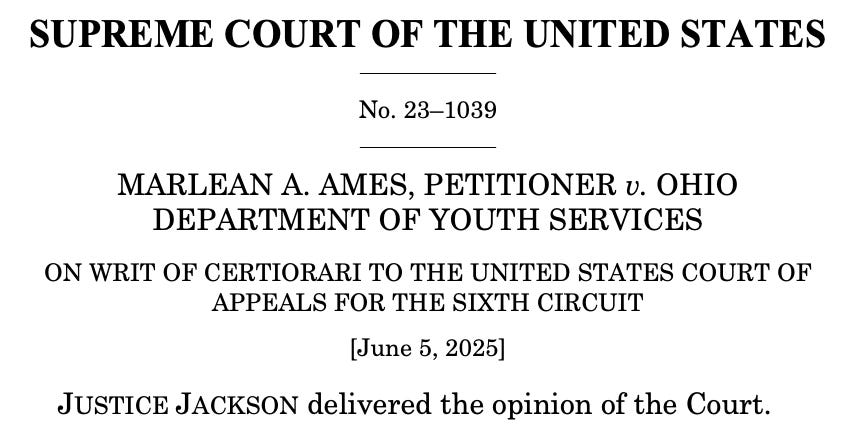

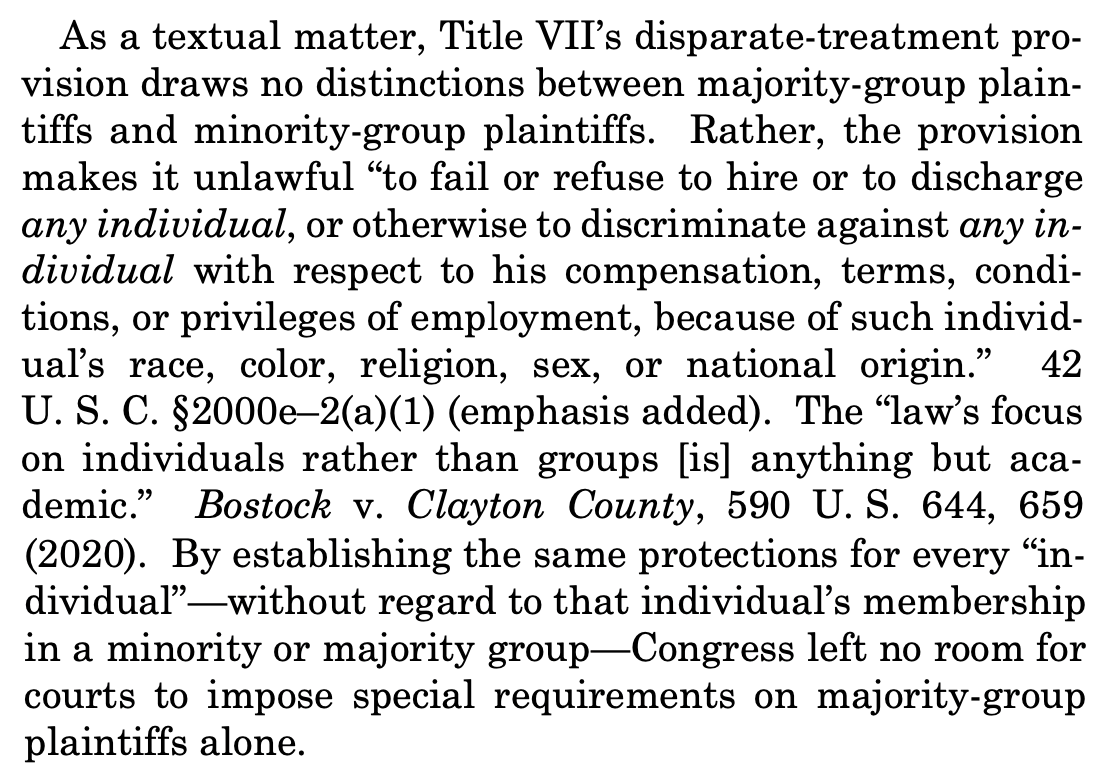

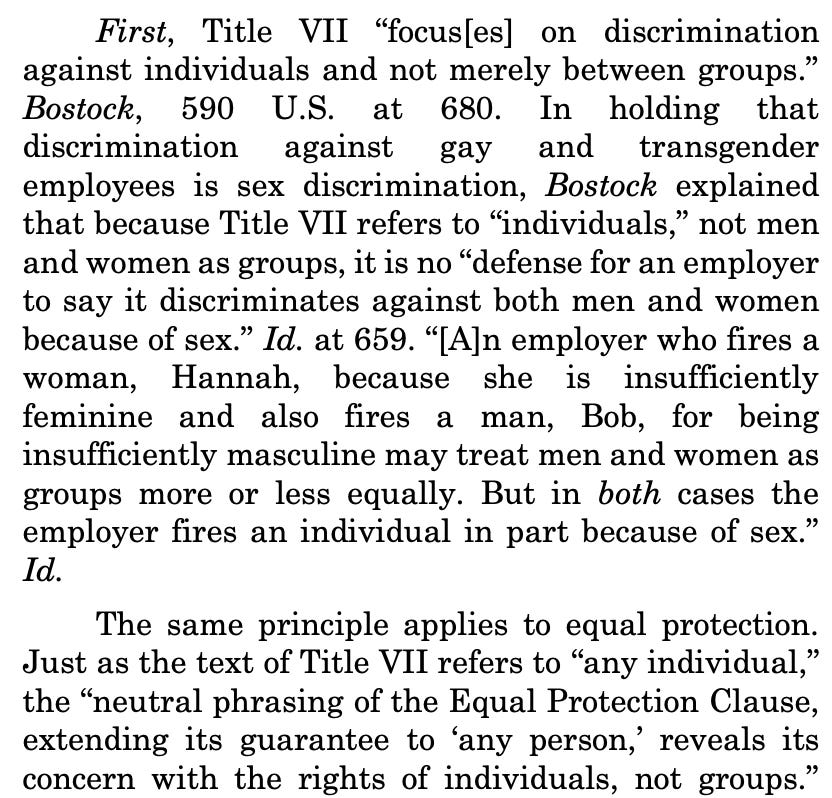
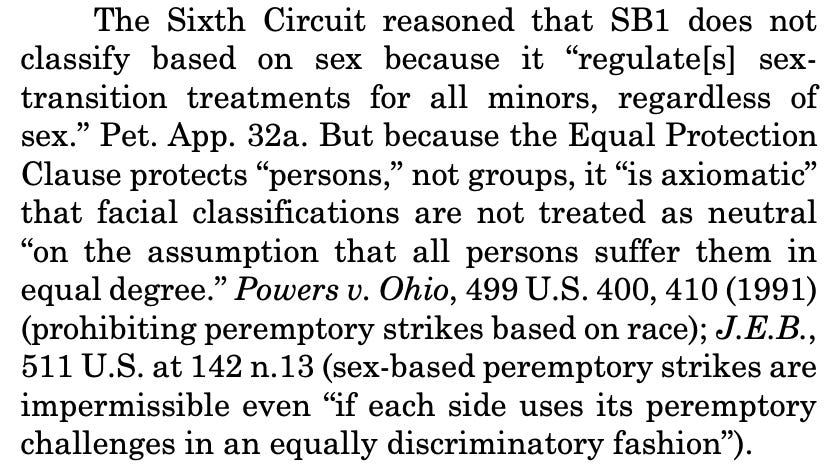
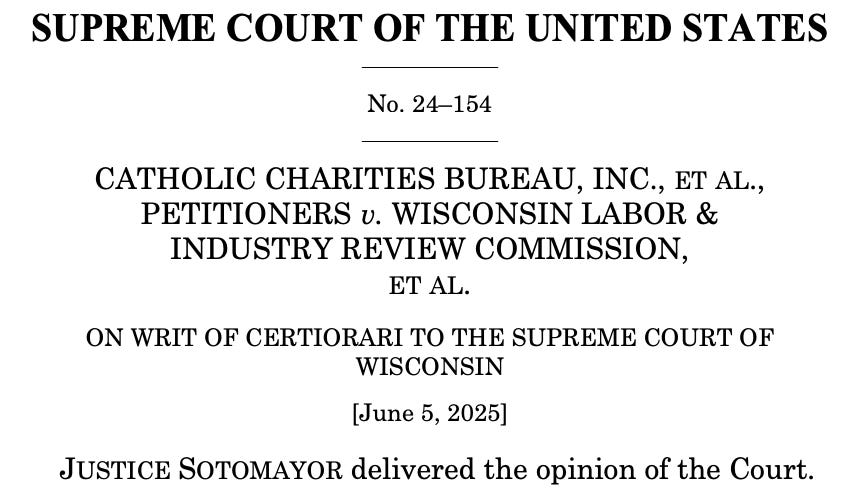
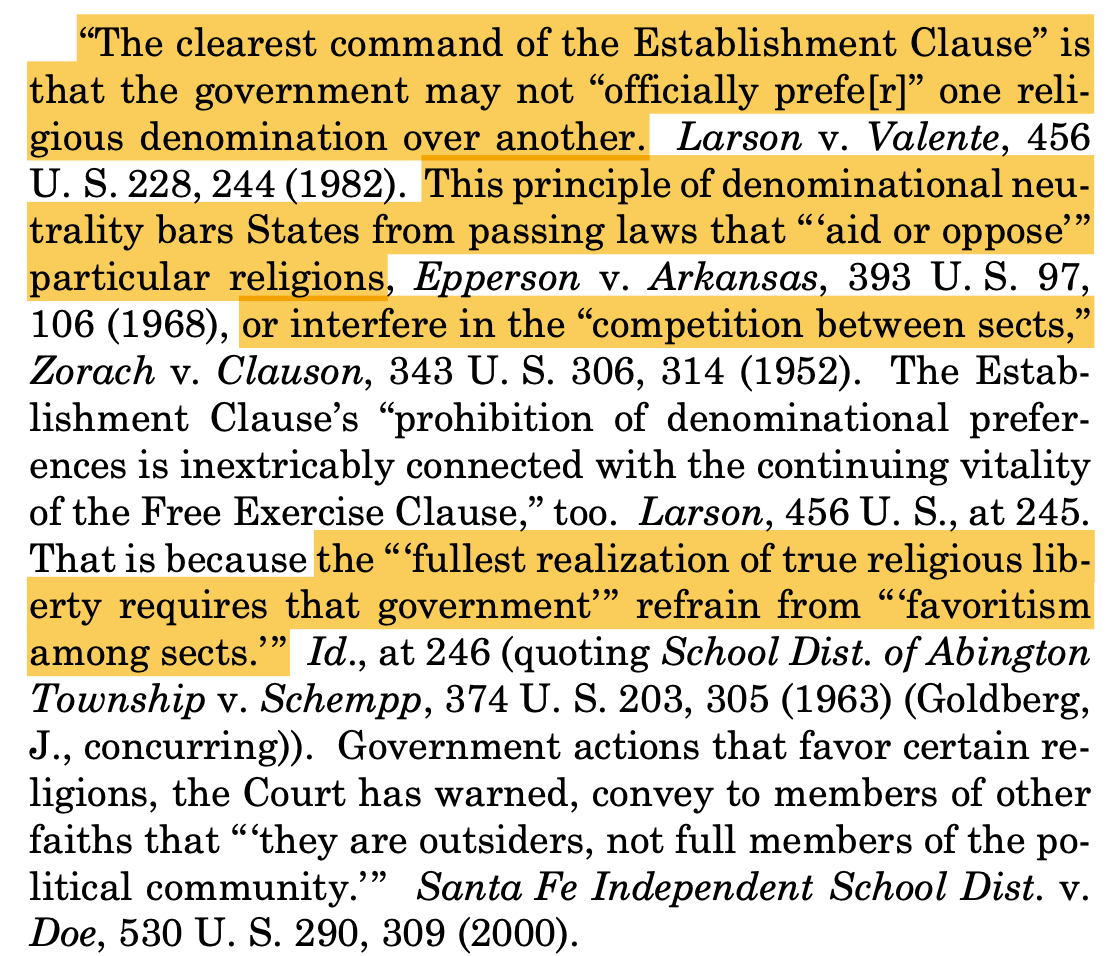
My reading of the decision regarding preference being given to those of a particular religion seems to indicate that to be fair, non-discriminating or not favoring one religion over another, a state law that requires that the Christian Ten Commandments be posted in every public school is unconstitutional, unless those not of that faith have an equal right to have their own formal or individual religion's "Commandments" also posted in all public spaces, as well. Enacting a state law that requires the posting of the Christian Ten Commandments in every room of a pubic school
is stomping on the freedom of religion of students, staff and families: Freedom of religion as protected by the U.S. Constitution, is the right of individuals to practice any religion, or no religion at all, without government Interference. It encompasses both the Establishment Clause, which prohibits the government from establishing a religion (where I hold posting the Ten Commandments in every room of every public school is "establishing a religion"), and the Free Exercise Clause, which protects the right to practice one's religion, which I hold that by having those Ten Commandment posted in the public school classroom, the state is not protecting the right to practice no religion at all or is giving preference to one religion over other religions. Clearly a violation of the constitution.
Fascinating, as ever. I wonder though, how majority opinions are awarded to justices? Is Roberts giving the liberals (all women, all minorities—does Roberts flinch at their presence?) opinions now as a sop to later illiberal and perhaps politically motivated opinions?